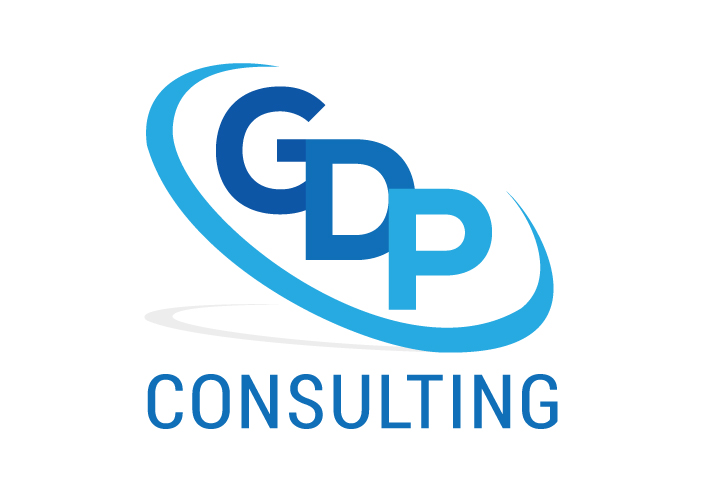Introduction
Every time I read about the notion that governance boards are unclear about their role, I wonder what is happening to cause this concern. This article outlines some of the reasons board members are unclear, the components of the governance role and the measures boards can take to address this matter.
Reasons Board Members Are Unsure of Their Role
There are numerous reasons board members remain in the dark about their role. These include:
- The members make assumptions about what governance ‘is’ based on irrelevant experience
- The board is not willing to commit resources to board member education
- The members are unwilling to commit the time to attend board education events
- The members are on the board to fulfill their own needs rather than the mandate of the board
- The members trust others to tell them their role as they learn about the board and are willing to take a year or more to feel confident in their role
- The members CEO believes that the board members should learn from him because he is the expert
- The members believe it is more important to be liked than to govern effectively
- The members do not want to be accountable for anything.
- The members are basing their understanding on faulty information.
10. The board is willing to be crises driven.
The Role of the Board
As outlined in the Decision Making Model of Governance, the responsibilities of the board include
- approving major transactions based on government expectations or established board limits
- assessing the organizations performance compared to the goals and objectives in the approved strategic plan and the strategic directions communicated by the responsible government
- designing and approving (this may require government input and approval) organizational budgets
- ensuring accountability obligations are met within the timelines established by the responsible government
- ensuring conflicts of interest are dealt with appropriately
- evaluating board, board member and CEO effectiveness
- guaranteeing annual financial audits are completed and the management letter instructions are followed
- implementing communication strategies
- implementing governance policies in nine areas which are accountability, representation, board processes, evaluation, finances, risk oversight, planning, and outcomes
- making certain that the organization is in compliance with all legal requirements
- making sure mechanisms police board member and CEO ethical conduct
- providing for good governance by establishing committees required to assist the board in the effective execution of its mandate
- providing leadership via an accepted governance model
- selecting and evaluating CEO (in certain entities this may require government input)
- strategic planning and reporting annually, and
- working with the CEO to separate governance from management and identifying key tasks.
Measures to Ensure Board Effectiveness
There are several measures the board can take to ensure the board members are not only clear about their role but that they are confident and effective. These include:
- Choosing a model of governanc

- Offering board member orientation sessions
- Completing board meeting evaluations
- Evaluating the board on a regular basis
- Providing professional development
It is easy to say that there is no need to choose a model of governance because “we know what we are doing.” Sometimes what the board is doing is based on past practice and no one has ever taken the time to question the validity of those practices and whether they are actually governance. Sometimes what board members call governance is actually management and it is only when board step back and question what they are doing and why that they actually realize the gaps in their knowledge.
Board member orientation sessions which outline the following are effective in assisting board members to focus on their governance role:
- The mandate of the board
- The role of the board
- The role of board members
- The composition and role of committees
- The board’s accountability responsibilities
- Conflict resolution processes
- Whether the board members can act as ombudsmen
- The intention behind board bylaws and policies
- Limitations on the board’s and CEO’s roles
- Powers of the board chair
- Frequency of board meetings and places they are held
- Whether board members are expected to serve on committee,
- Confidentiality requirements,
- Whether board meetings are open or closed, and
- The relevant contents legal documents via which the board was formed
Of course, knowing the role does not mean board members comply with the expectations. Therefore, it is essential to evaluate the board and board meetings on a regular basis. The feedback from these evaluations, along with the management letter from the external auditor, provides valuable information to improve board effectiveness and efficiency.
This information can be used to improve the outcomes of meetings or it can be used as a basis when designing professional development sessions for board members. During their tenure, board members deserve the opportunity to gain the knowledge and skills to make a positive contribution.
Unfortunately, using only one method to accomplish this may be ineffective. Therefore, the board can use information gleaned from various processes to design processes and practices which will ensure the board governs and leaves a positive legacy.
